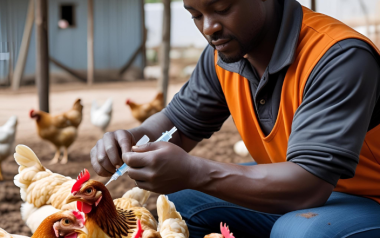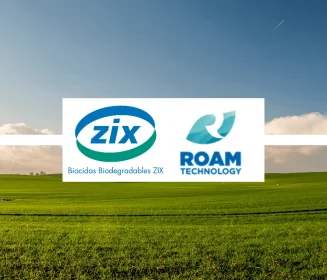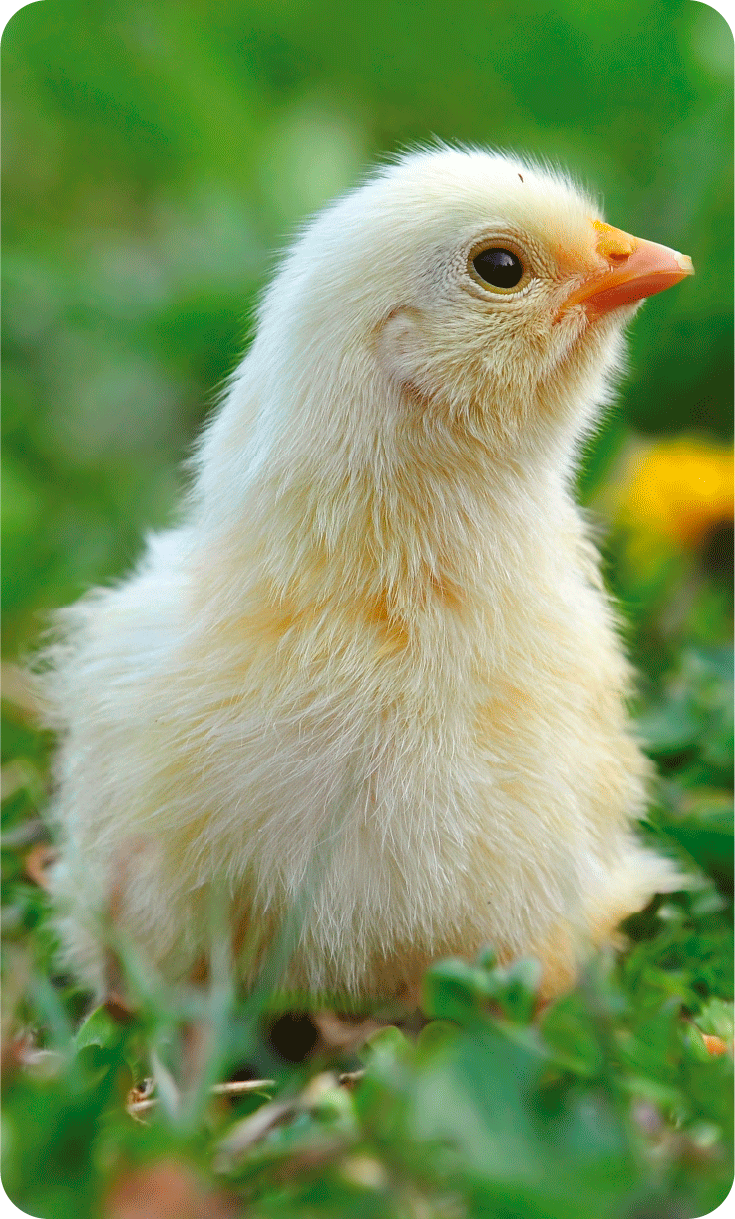Sources: Available upon request
20 Apr 2024
Why washing raw chicken is a mistake
When it comes to preparing chicken, many people instinctively reach for the faucet to rinse it under running water. However, this seemingly harmless practice can actually pose serious health risks. Let’s explore why washing raw chicken is a mistake and why experts advise against it.
When it comes to preparing chicken, many people instinctively reach for the faucet to rinse it under running water. However, this seemingly harmless practice can actually pose serious health risks. Let’s explore why washing raw chicken is a mistake and why experts advise against it.
The bacterial dilemma
Raw chicken is notorious for harboring potentially harmful bacteria on its surface. Two common culprits are Campylobacter and Salmonella, both of which can cause foodborne illnesses. When you wash chicken, you inadvertently spread these bacteria around your kitchen. Here’s how it happens:
- Splashing Hazard: As you rinse the chicken, water droplets containing chicken juice (and the accompanying bacteria) can splash onto nearby surfaces. These surfaces include your sink, countertops, utensils, and even other foods.
- Cross-Contamination: The bacteria from the chicken can easily transfer to other foods you’re preparing. Imagine chopping vegetables on the same cutting board where you just handled raw chicken – this cross-contamination can lead to food poisoning.
The experts weigh in
Centers for Disease Control and Prevention (CDC) and medical professionals unanimously agree that washing raw chicken is a big no-no. Here’s why:
- Risk of contaminating other surfaces: The water used to wash chicken can carry bacteria to your sink, utensils, and nearby food. Even if you diligently clean afterward, traces of bacteria may remain.
- Cooking is the safest method: Cooking chicken thoroughly is the best way to eliminate harmful bacteria. The recommended internal temperature for safe consumption is 165°F (74°C). So, skip the washing and focus on proper cooking.
Why do some people wash raw chicken?
USDA professionals agree that it is a cultural issue. People, for the most part, equate washing with cleaning. After all, it is the way to ensure the hygiene of clothes, bedding, house, dishes and even one’s own body.
Safe handling practices
To minimize risks associated with raw chicken, follow these guidelines:
- Storage: Always store raw poultry on the lowest shelf of your freezer or refrigerator. This prevents chicken juices from dripping onto other foods.
- Hand hygiene: Wash your hands thoroughly before and after handling raw chicken.
- Separate cutting boards: Use a separate cutting board exclusively for raw chicken. Avoid using the same board for other foods, especially produce.
- Cooking temperature: Use a meat thermometer to ensure chicken reaches the recommended internal temperature during cooking.
- Clean surfaces: Sanitize any surfaces or utensils that come into contact with raw chicken.
Remember, washing chicken doesn’t make it safer – cooking does. So, resist the urge to rinse, and focus on proper cooking techniques. Your health and your kitchen will thank you!











































